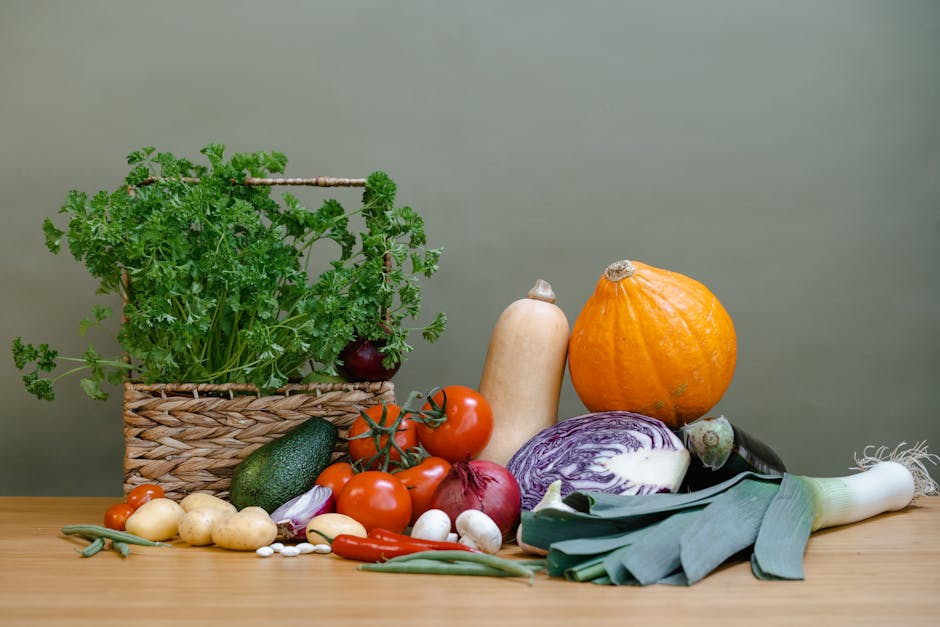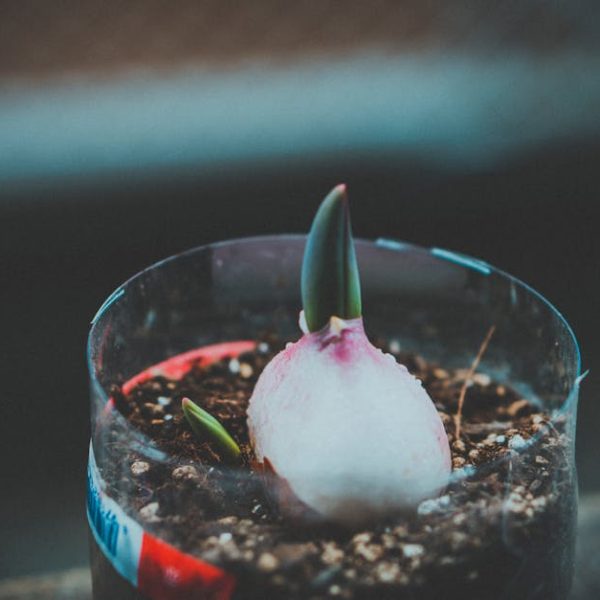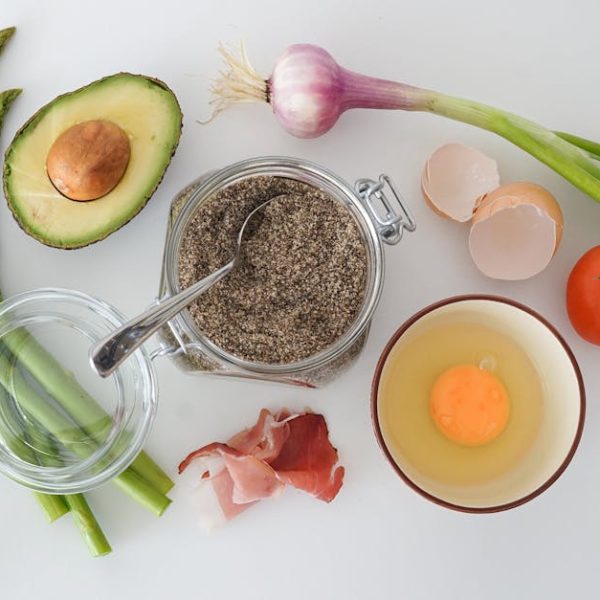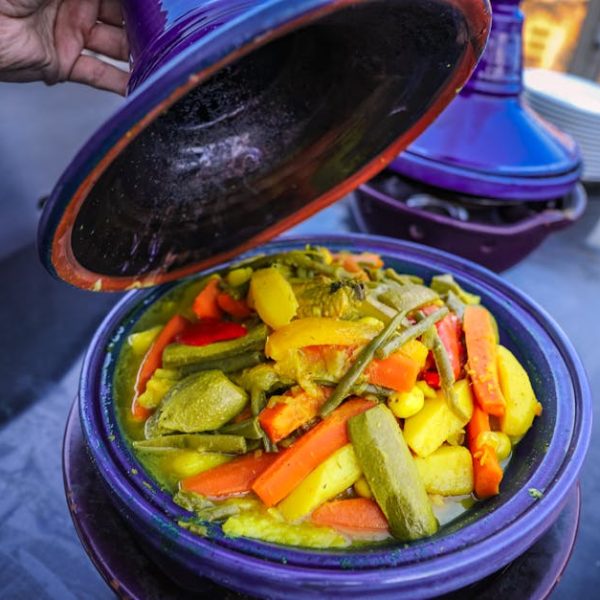As you cruise down the produce aisle in the supermarket or leaf through your favorite cookbook, the sheer diversity of potatoes available might astound you. This staple vegetable comes in a delightful range – from incredibly starchy to waxy, and from sweet to white and several others in-between. Understanding these various potato types will not only expand your culinary repertoire but also unlock a new appreciation for this versatile tuber.
Understanding Major Potato Categories
At its simplest, any potato lover needs to divide their potato understanding into two broad categories – waxy and starchy potatoes.
What’s a ‘tuber’, you ask? Well, in botany, a tuber is a part of a plant that’s enlarged to store nutrients. Just like our beloved potato.
Now, onto our categories – waxy and starchy potatoes might appear quite alike at first glance, but they reveal their unique characters once exposed to heat.
- Waxy potatoes, are typically smaller with a thin, smooth skin and waxy flesh. They’re high in moisture and sugar, but low in starch. This combination of attributes makes them perfect for soups, salads, and roasting.
- Starchy potatoes, on the other hand, are high in starch and low in moisture. They’re often larger and more elongated, boasting a rough skin. The low moisture and high starch content make them excellently suited for baking, mashing, and making fries.
Diving into Starchy Potato Varieties
Starchy potatoes are your fluffy, soft inside ones. The high-starch content means they bake up nicely, providing that lovely, fluffy texture we all love.
Among the crowd of starchy varieties, a few names might ring a bell – namely the Russet, Idaho, and Sweet Potatoes.
- Russet Potatoes: Also known as Idaho or baking potatoes, Russets are the quintessential starchy potato. They have a dry, fluffy texture when cooked, perfect for dishes like french fries or a classic baked potato.
- Sweet Potatoes: While not technically potatoes, sweet potatoes fall into the starchy category. They have a sweet, rich flavor and are usually orange (though they can come in other colors, like purple), adding a vibrant pop to any dish.
Quick Pro Tip: Starchy potatoes tend to fall apart when cooked, so they’re less suited for dishes that require potatoes to maintain their shape.
Exploring Waxy Potato Varieties
Waxy potatoes are your ‘hold their shape’ helpers. They have a lower starch content, meaning they stay firm throughout the cooking process, making them ideal for scalloped potatoes, potato salads, or any dish that requires boiling.
Marketable names that you might recognize from this category are the Red potatoes, Fingerlings, and New potatoes.
- Red Potatoes: These small, round potatoes have thin red skin, creamy white flesh and are perfect for roasting or boiling.
- Fingerling Potatoes: As their name implies, these are finger-shaped (or perhaps, sausage-shaped). Unlike with most waxy varieties, their skin is thick, and the flesh has a robust flavor which stands out in salads and stews.
A handy piece of advice: If a recipe calls for ‘boiled potatoes’, it’s a good bet you’ll want to use a waxy variety to ensure your potatoes hold their shape.
Considering ‘All-Purpose’ Potato Varieties
Some potatoes are the proverbial jack of all trades, master of none, fitting into an ‘all-purpose’ category, offering striking versatility.
Well-known varieties in this category include the Yukon Gold and White potatoes.
- Yukon Gold Potatoes: As its name suggests, this potato has golden skin, and a creamy, buttery texture that’s perfect for mashing, baking, roasting, or grilling. It’s also a favorite for making gnocchi due to its lower starch content.
- White Potatoes: Often considered the all-American potato, these versatile potatoes have a good balance of starch and moisture. They remain relatively firm after cooking, making them great for mashed potatoes and equally good for roasting and frying.
Pro Tip: All-purpose potatoes can usually be swapped in a recipe if the specific potato type isn’t available. Just remember that the texture may vary slightly due to the differences in starch and moisture content.
Uncovering Lesser-Known Potato Varieties
Then there are those less common, but equally delicious potatoes that add an unexpected twist. They might not be the ‘go-to’ for classic recipes, but they certainly bring something unique to the culinary table.
Three such quirky types include the Purple potatoes, Blue potatoes, and Petite potatoes.
- Purple Potatoes: Don’t be deceived by their unusual color. Purple potatoes are a culinary treat, with a slightly nutty flavor and dense texture, making them excellent for roasting or grilling.
- Blue Potatoes: Come with an earthy flavor and waxy texture that holds up well in salads or tossed in stews. The deep-blue flesh is highly pigmented and brings an unexpected pop of color to any dish.
- Petite Potatoes: These are remarkably tiny, bite-sized potatoes that are easy to cook and eat. Despite their size, their flavors are concentrated and offer beautiful, creamy bite-size delights.
Pro Tip: Lesser-known potato varieties often pack surprising nutritional benefits and can be a great way to switch up your usual potato game.
Through this guide, we aimed to provide a comprehensive understanding of various potato types. This not only will widen your kitchen skills but also offer an array of delightful dishes. Now that you’re armed with this starchy knowledge, it’s time to unleash your inner chef!
Checklist: A printable reference guide to all potato types
Thinking of trying a new potato for your next culinary endeavor? Here’s a quick checklist to keep at hand so that picking the right potato becomes as easy as pie.
“`
- Waxy Potatoes: High in moisture, low in starch, best for boiling, roasting, and salads.
– Red potatoes
– Fingerling potatoes
– New potatoes.
- Starchy Potatoes: High in starch, low in moisture, best for baking and frying.
– Russet potatoes
– Idaho potatoes
– Sweet potatoes.
- All-Purpose Potatoes: A good balance of starch and moisture, versatile.
– Yukon Gold potatoes
– White potatoes.
- Lesser-Known Potato Varieties: Unique, less common varieties with distinct flavors and nutritional benefits.
– Purple potatoes
– Blue potatoes
– Petite potatoes.
“`
Key Takeaway:
- Potatoes can be categorized into three main groups: Waxy, Starchy, and All-Purpose.
- The difference in these categories is primarily due to the varying concentration of starch and moisture.
- Waxy potatoes are high in moisture and sugar, but low in starch. They work well for roasting, salads, and soups. Red, Fingerling, and New potatoes are examples of this category.
- Starchy potatoes are high in starch and low in moisture, best suited for baking, mashing, and fries. Russet, Idaho, and Sweet Potatoes fall into this category.
- All-Purpose potatoes like Yukon Gold and White potatoes offer a balanced mixture of starch and moisture, resulting in their vast versatility in the kitchen.
- Lesser-Known Potato Varieties such as Purple, Blue, and Petite potatoes each possess unique flavors and nutritional benefits, offering a delightful twist to meals.
Understanding the various potato types can elevate your culinary skills, enabling you to choose the perfect potato for your dish. The variety of potatoes out there is astounding, each with its characters and best uses. Don’t limit yourself to one type, explore and experiment with the plethora of options available!
FAQs
Q: Is there any significant nutritional difference between waxy and starchy potatoes?
A: The nutritional content of potatoes can vary slightly depending on type. However, all potatoes are a good source of vitamins and minerals like potassium and vitamin C. The primary difference lies more in how they cook and their suitability for various dishes.
Q: Can I substitute one type of potato for another in a recipe?
A: In some cases, yes. All-purpose potatoes, for instance, are very versatile and can often be used as a substitute. However, due to the distinct characteristics of waxy and starchy potatoes, swapping them could affect the texture and outcome of your dish.
Q: What’s the best way to store potatoes?
A: Store potatoes in a cool, dark, well-ventilated place. Avoid refrigerating them, as cold temperatures can convert their starch into sugar, altering the taste and texture.
Q: How can I tell if my potatoes have gone bad?
A: Visual cues like discoloration, spots, mold or sprouts can indicate a potato is past its prime. If it’s soft or has a strong, unpleasant odor, it’s safest to discard it.
Q: Are organic potatoes better than non-organic?
A: Organic potatoes are grown without synthetic pesticides, which some people prefer for health or environmental reasons. However, whether they’re superior in taste or nutritional content is subjective and depends on individual preferences. Share this article if you found it useful, and browse our other posts for more great content!






